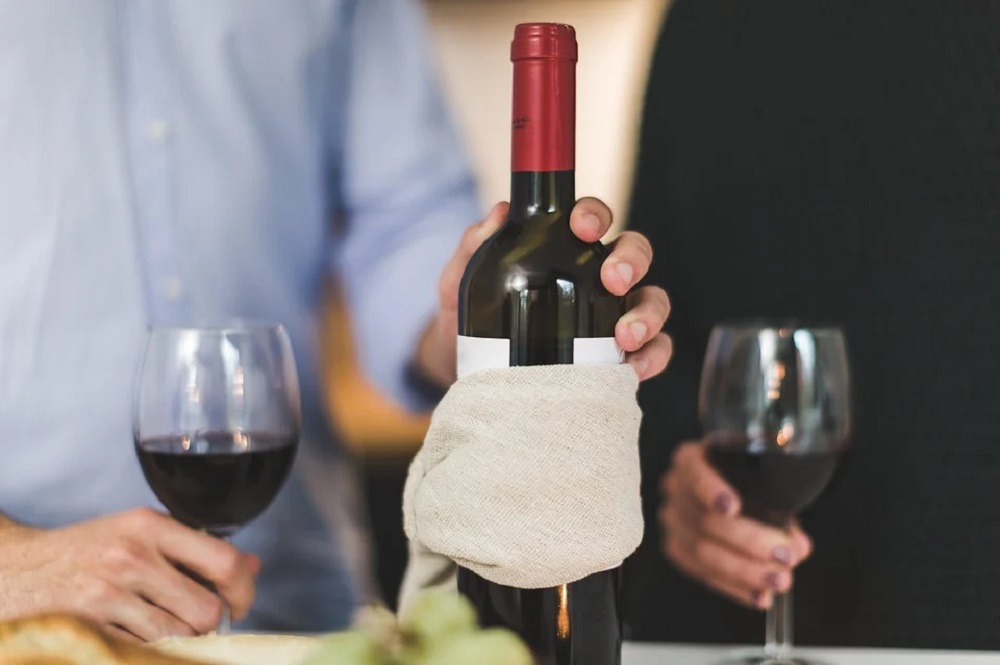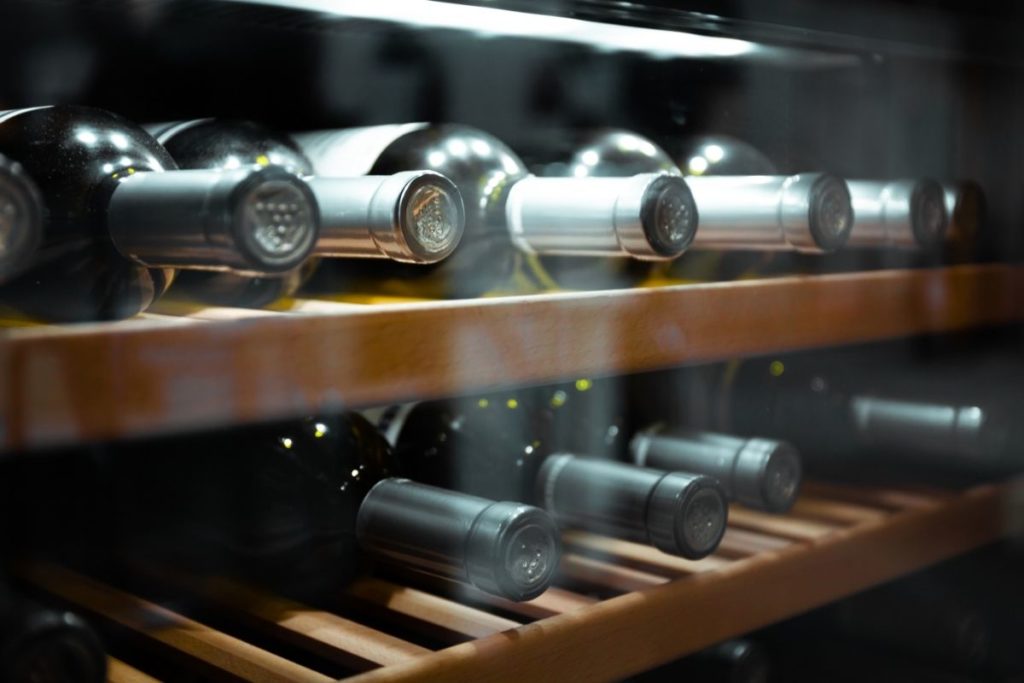We all know that white wine needs to be chilled, but red wine is more of a grey area. Many people will open a bottle of red wine and set it to one side to allow it to breathe.
The standard room temperature is often around 70 degrees Fahrenheit, but experts say that this is actually too warm for red wine.
Why is it important to serve a red wine at the right temperature?
The cooler temperatures allow the fruit and aromatic tones in the wine to fully present themselves. This will result in a better-tasting wine.

A wine that is too warm will be spicier and slightly sweeter. This can be rich and can become overwhelming, particularly if served alongside an indulgent meal. Red wine which is too warm will have strong alcohol notes which give a burning taste when drinking the wine.
What temperature should red wine be served at?
The optimal temperature for red wine is anywhere between 55 and 68 degrees Fahrenheit. This is somewhere just below room temperature, but significantly above the standard 40-degree temperature of the refrigerator.

How to cool red wine?
Do not be afraid to use your refrigerator to chill your red wine. Throw it in, and set a timer for an hour so that you don’t forget about it. Take it out when the alarm goes off and it should be a pretty perfect drinking temperature.
Alternatively, you may wish to keep your red wine in the fridge all of the time. In this case, we advise removing it and setting it on a countertop about 30 minutes before you want to drink it. This allows the wine to gently come to the optimal temperature in about half the time. We do not recommend doing this with wine that you wish to store for a number of years. Only keep bottles you plan on consuming in the near future in the refrigerator.
Different wines will have different drinking temperatures. Wines with a higher acidity and a lighter body are better served at cooler temperatures.

These would require about 90 minutes in the refrigerator to chill. An example of this wine is a Loire Valley Cabernet Franc. Wines with a lot of tannins and a fuller body, such as a Napa Cabernet Sauvignon or a Bordeaux are better served slightly warmer. These would be ideal served after 45 minutes in the refrigerator.
Can you chill red wine in the freezer?
Technically you can, although we do not recommend doing this. In a pinch, it will work, but do not leave the bottle in the freezer for more than 30 minutes. The quality of the wine will not deteriorate, but the process can result in a mess.
Wine has a high water content. As we all learned in school, water expands when it freezes and changes its state into ice. This expansion can force the cork out of the neck of the wine bottle. In extreme cases, the pressure may force the glass to expand.

This can be a health and safety hazard if the glass shatters and goes everywhere. If the bottle simply cracks you may still be tempted to drink the wine.
The crack in the bottle will have allowed oxygen to enter the wine, meaning that the process of oxidation has started. This can cause the flavors and quality of the wine to deteriorate rapidly.
How else can you chill red wine?

If you have an ice bucket to hand, fill it with some ice cubes and a little water. Place your wine bottle in the bucket and leave it to chill down for around 10 to 15 minutes. We advise regularly taking a sip to test the temperature and ensure you are not over-chilling it.
There are many cool sleeves for wine bottles, such as this one from Le Creuset. It comes in 7 different colors and is the perfect size for chilling a wine bottle.
How should you store bottles of red wine?
The ideal storage solution for bottles of wine is in a wine cellar, but this is not an option that is open to all of us.
Wine should be stored away from direct sunlight. This is because the amino acids within wine contain sulfur. The sunlight causes these sulfur molecules to oxidize which can alter the flavor of your wine.

Light
You should also store your wine away from fluorescent lights. The ultraviolet light rays can cause your wine to become lightstruck and develop a strange odor.
If you cannot store your wine in a dark place, we advise wrapping it in a thick cloth or placing it inside a closed container. If you want to store it in a cupboard, ensure the doors are solid or UV-resistant.
Humidity
Your wine should be stored at a humidity level of around 70 percent. This prevents the corks from drying out. This is important as they will shrivel as they desiccate. This will allow oxygen to enter the wine, which as we have already established, is not good. If the humidity level exceeds 70 percent then you run the risk of developing mold.

In order to check your humidity levels, you can purchase a hygrometer like this one on Amazon, for less than $10.
Temperature
You should also try to keep the ambient temperature of your wine storage area at a constant temperature. It should never exceed 70 degrees Fahrenheit, but the optimal temperature range is 45 to 65 degrees Fahrenheit.
No matter the temperature, try to keep it as consistent as possible. Temperature fluctuations can cause the wine to deteriorate faster.
Corked wine bottles must be stored lying on their sides. This is to prevent the cork from drying out during storage. When the bottle is on its side the wine inside the bottle will keep the cork moist and your wine fresh.

We do not recommend storing your wine in the kitchen, particularly if it has a cork. This is because cork is a porous material that will allow odors to permeate through into the wine. You should store wine away from garlic, paint cans, and anything else with a strong smell.
How to drink red wine in summer?
When the temperature rises and the sun blazes down, it’s natural to reach for a refreshing drink that will quench your thirst. However, don’t write off red wine just yet! With a few simple tricks, you can still enjoy this classic beverage during the hot summer months. One option is to serve your red wine slightly chilled. While storing it in the fridge may seem extreme, just 10-15 minutes in there can make a world of difference. This slight drop in temperature can enhance the fruitiness of the wine and make it more enjoyable on a scorching summer day.

If you’re worried about keeping your red wine cool while sitting outside or at a picnic, consider investing in a cooling sleeve specifically designed for wine bottles. These sleeves are made from insulating materials that help maintain an ideal serving temperature for longer periods. Simply slip one over your bottle before heading out, and you’ll have perfectly chilled red wine throughout the day without having to lug around an ice bucket.

Speaking of ice buckets, they aren’t entirely off-limits when it comes to enjoying red wine in summer. Instead of filling them to the brim with ice cubes (which can water down your precious vino!), opt for partially filling the bucket with crushed ice instead. This way, you’ll keep your bottle sufficiently cool without diluting its flavors too much.

